Our Legacy
We are driven by more than 75 years of excellence in heavy civil construction.
We call upon all past projects, regardless of their outcome, to inform our future.
Timeline
1940s & 1950s Laying the Foundation
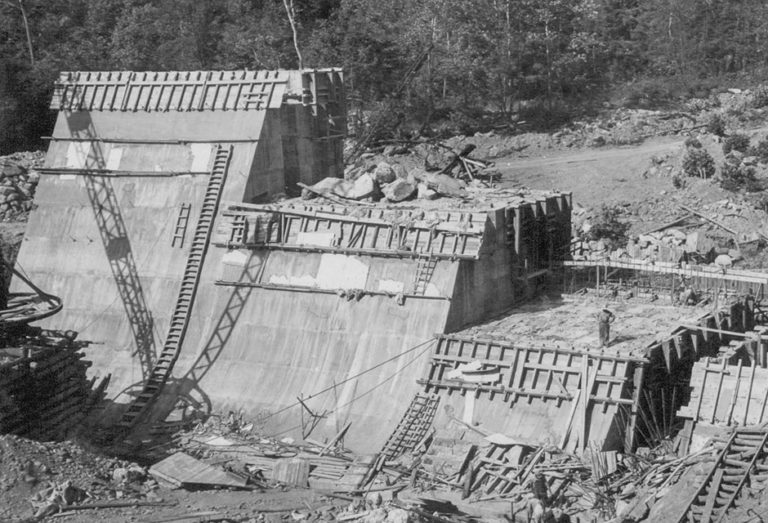
The 40s and 50s saw Charlottesville’s population start a 30-year period of growth from 19,000 residents in 1940 to 38,000 residents in 1970. Faulconer concentrated on delivering infrastructure to accommodate growing transportation and utility needs.
Faulconer’s construction of the Route 250 bypass moved traffic out of the heart of downtown Charlottesville and opened up the region north of the City.
The Sugar Hollow Reservoir (pictured here) was completed by Faulconer in 1947 and still provides water to the residents of Charlottesville and Albemarle County to this day.
1960s Growing with the Baby Boom
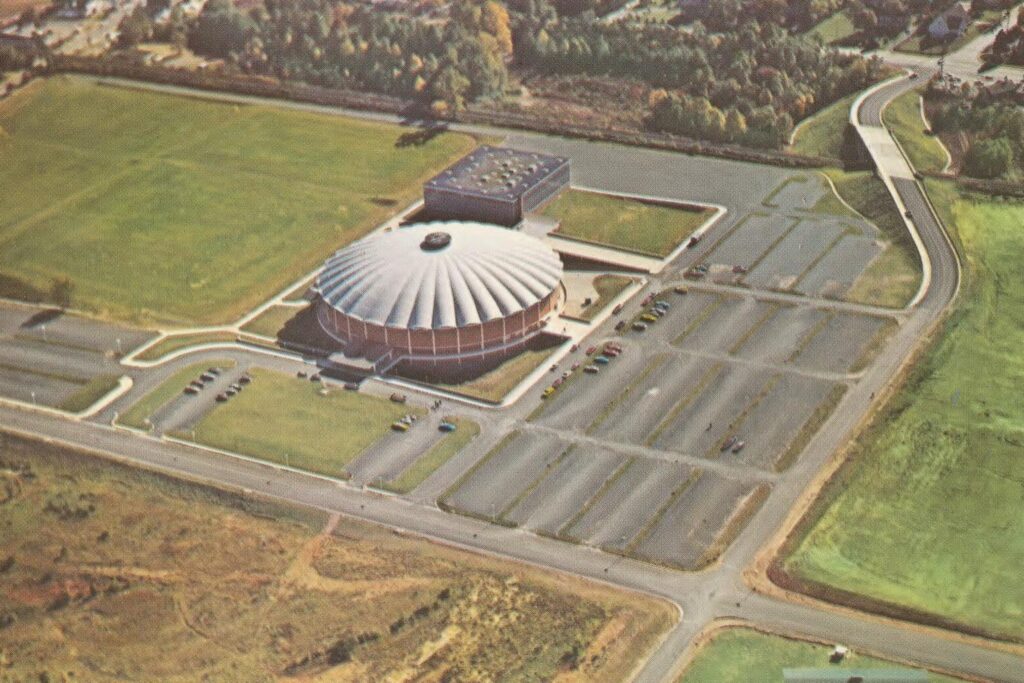
The 1960s saw significant residential expansion in the region with Faulconer preparing the foundation for major housing developments along the Route 29 corridor.
Faulconer spearheaded the Lake Monticello community, bringing much-needed housing to a picturesque location just minutes from downtown Charlottesville and the newly-built I-64.
The University of Virginia began to expand more outside of the original Grounds. University Hall was completed in 1965 with Faulconer teams helping bring to life an arena that would host UVA teams for over 50 years.
1970s - 1980s Infrastructure at Scale
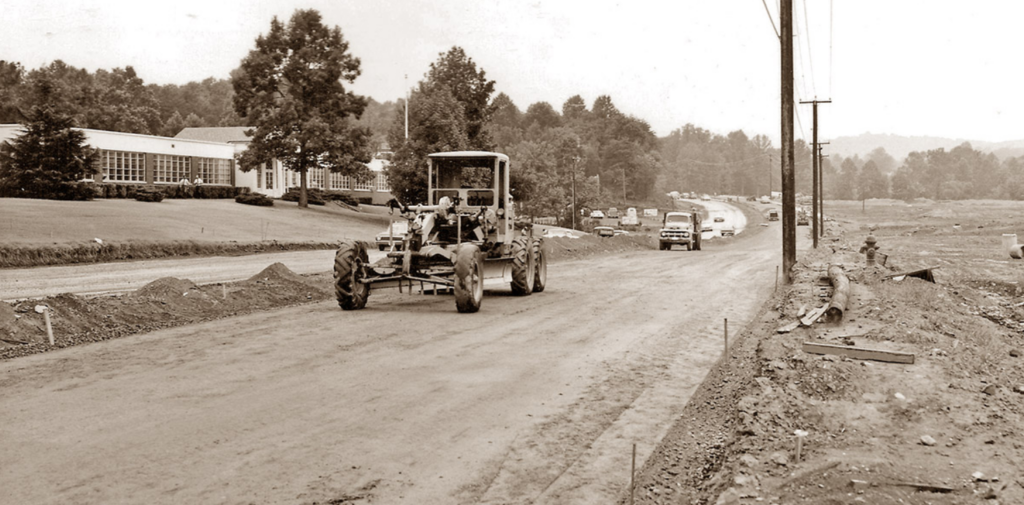
With the major infrastructure in place and residential development continuing to boom, Faulconer scaled to meet the demands of a growing community.
Charlottesville became an attractive destination for young families, necessitating the construction of a larger school.
Charlottesville High School was completed in 1974 to replace the smaller, aging Lane High School.
Charlottesville’s Fashion Square Mall opened its doors in 1980 and offered a commercial hub for the region.
1990s Making a Leap
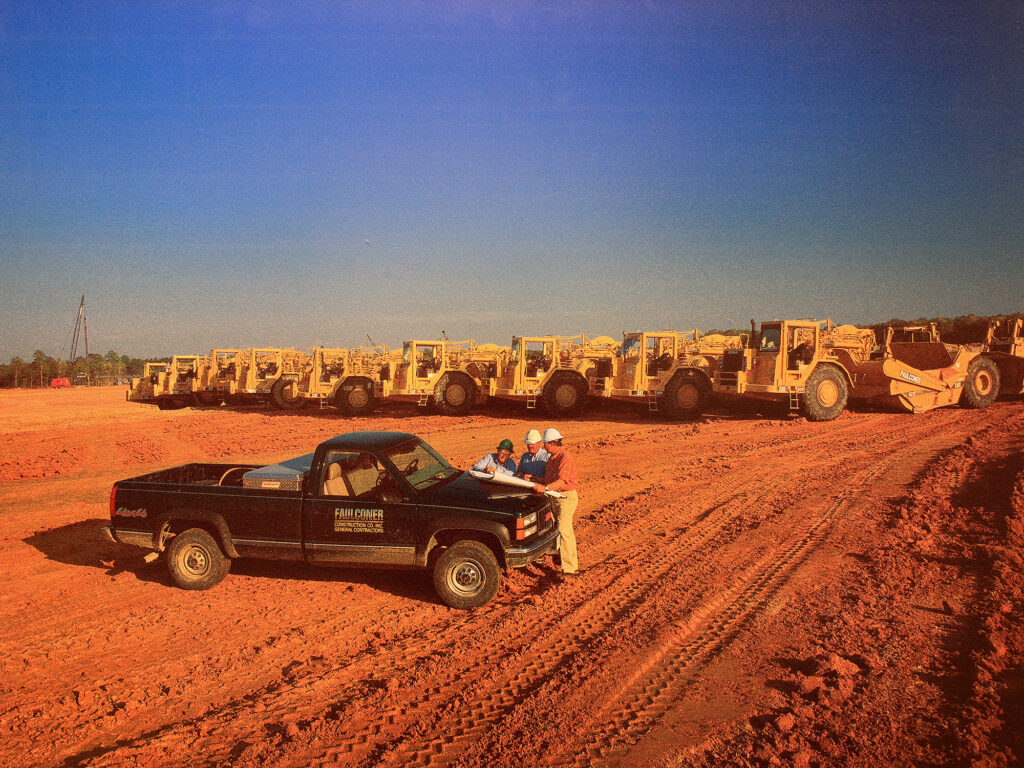
Faulconer celebrated its 50th anniversary in 1996. Building on this momentum, the company made two significant moves in the 1990s. These would prove to be the springboard for success into the new millennium.
The first was the construction of the Chaparral Steel Plant in Petersburg, VA.
This project forced Faulconer to grow quickly to meet the demands of a massive earthmoving project.
The second move was the beginning of operations in North Carolina. This strategic expansion leveraged key client relationships and a knowledge of the regional landscape. Since then Faulconer has grown to three office locations in North Carolina.
2000s Operational Expansion
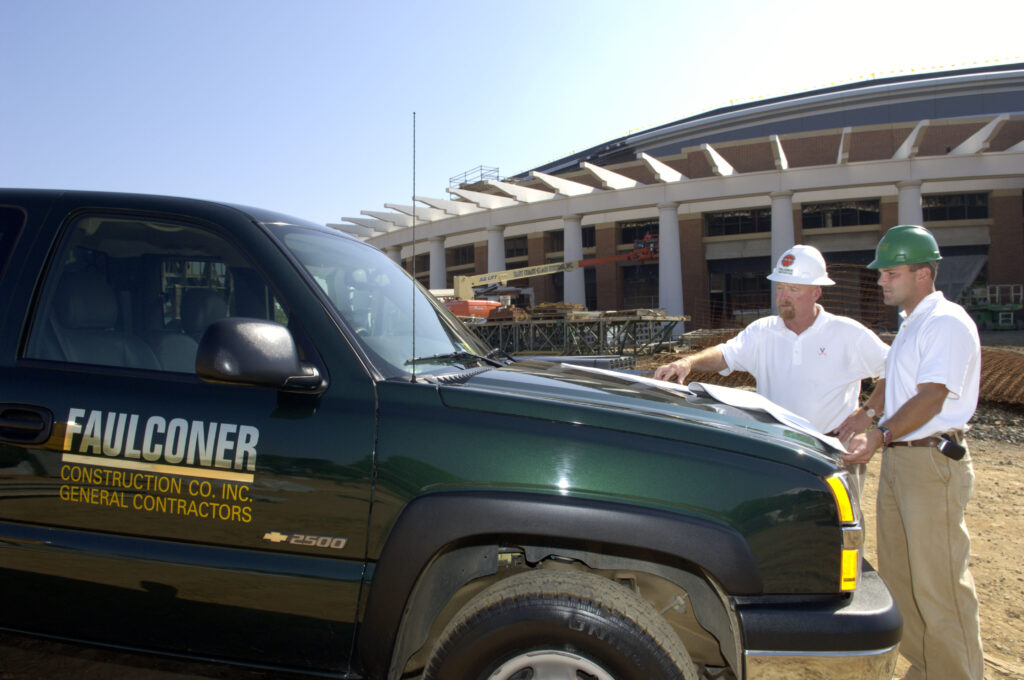
Faulconer’s previous successes in industrial and heavy highway development jobs translated into railway and higher education projects in the 2000s.
Faulconer forged a solid relationship with Norfolk Southern and built jobs from Pennsylvania to Georgia for the railroad.
Faulconer completed five major projects at UVA in the 2000s, including the John Paul Jones Arena and the expansion of the Darden School of Business. In the 2000s, Faulconer established new locations in Culpeper and Southwest Virginia.
2010s Growing after the Downturn
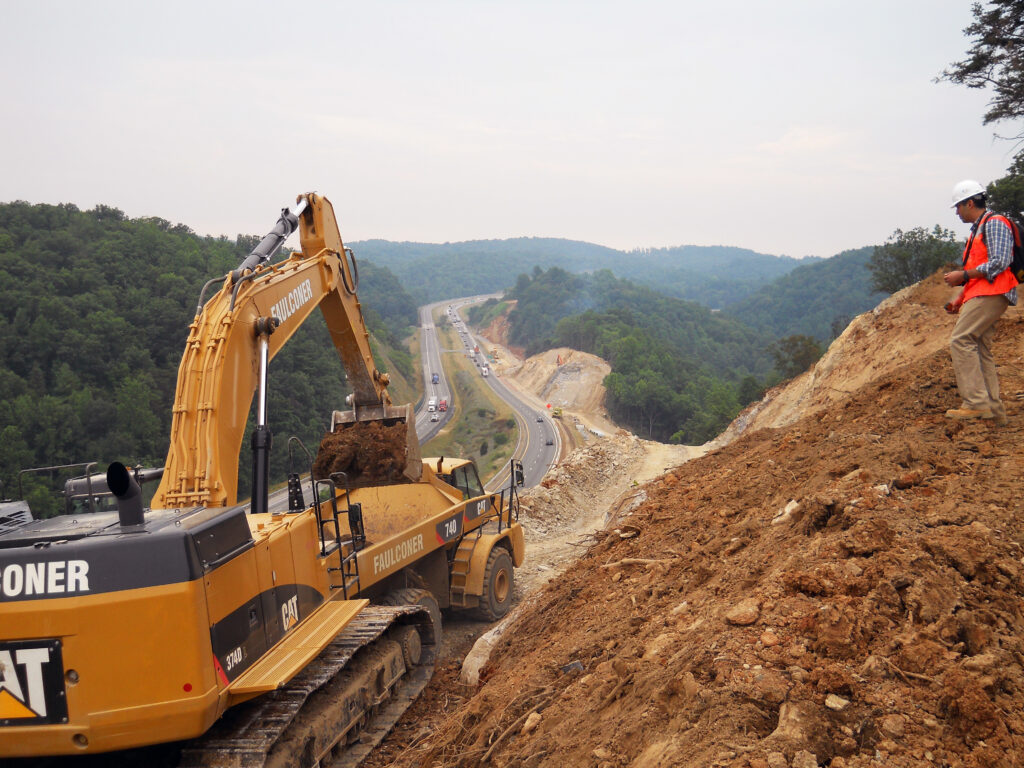
Faulconer’s growth trajectory had been steady from the 1940s through the early 2000s. The 2010s saw that growth skyrocket with expansion across all operating locations, even after the downturn of the late 2000s.
The establishment of an office in Jacksonville, NC opened up doors in heavy civil construction on military bases in the region.
Faulconer’s work with colleges and universities grew exponentially as well with projects taking place on 10 different institutions of higher education through the decade.
Heavy Highway construction continued to flourish with the construction of climbing lanes on I-81 and the Meadowcreek Parkway in Charlottesville, VA.
